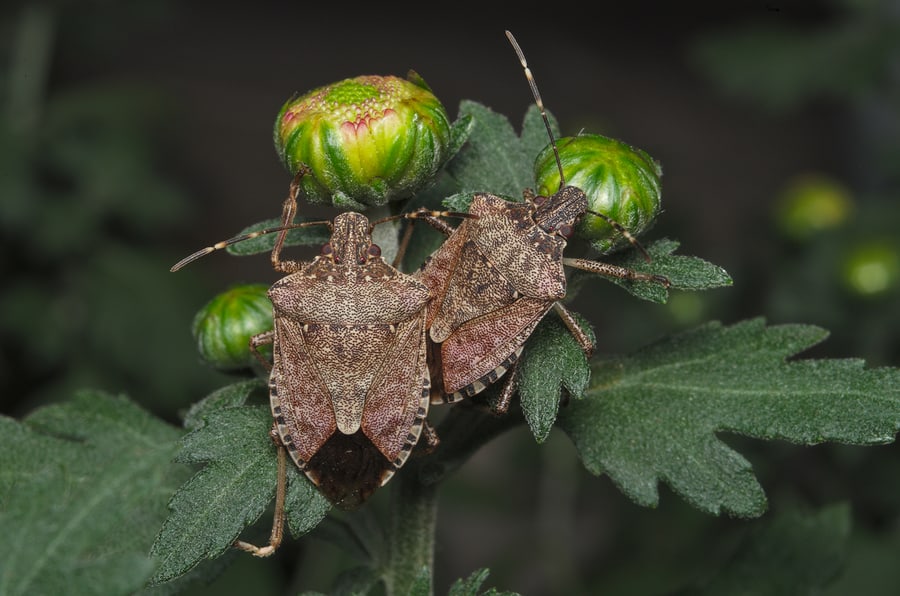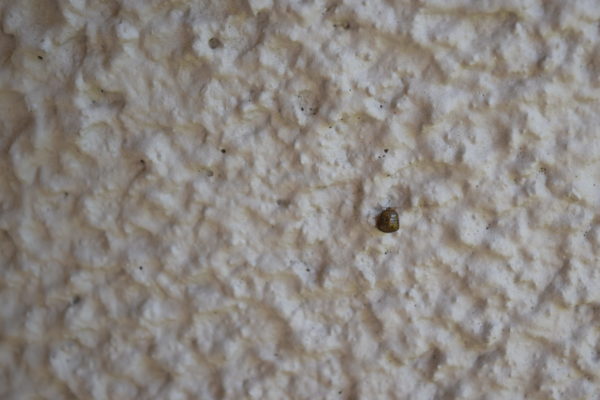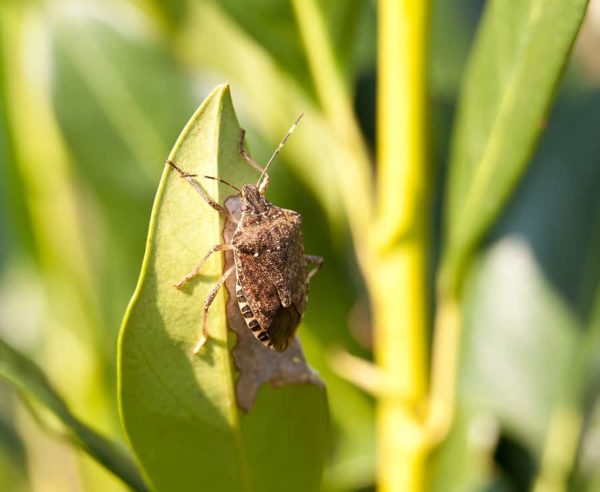READY TO GET STARTED?
REQUEST A FREE ESTIMATE
Fill out the form below or call (888) 466-7849 for a free, no-obligation estimate.

Noticing small, greenish-brown bugs congregating throughout the cracks of your home’s foundation or even inside your house? While many might identify these insects as stinkbugs, they might actually kudzu bugs! Kudzu bugs and brown marmorated stinkbugs are often confused with each other. While these pests do have some similarities, they are quite different from each other. Let’s breakdown how these insects are both alike and different!
How They’re Alike

Kudzu Bug
Both stinkbugs and kudzu bugs are known to be a nuisance to all homeowners. Both are highly attracted to warmth and will enter homes to find a warm place to gather. When disturbed, both species will emit an alarming chemical defense against predators. When crushed, they release a very unpleasant odor from their bodies. Even worse, if several of these insects are crushed together, the smell left behind is extremely powerful.
How They’re Different

Stinkbug
A stinkbug’s shield-like body is around 1/2″ long and 1/2″ wide with shades of brown across its entire body. Their body size is a bit larger than a kudzu bug, with the kudzu’s measuring only 4 to 6 millimeters long. Kudzu bug bodies are olive green and brown, with a flat, squarish body shape.
Stinkbugs will typically feed off ornamental plants, fruit trees, legumes, and vegetables. The kudzu bug prefers to eat kudzu vines but will occasionally eat soybeans and most any other type of beans. While both stinkbugs and kudzu bugs utilize different types of food sources, both will destroy crops, making both species agricultural pests.
How to Prevent Them
If you notice either of these pests infesting your home, try some of these pest prevention tips below: